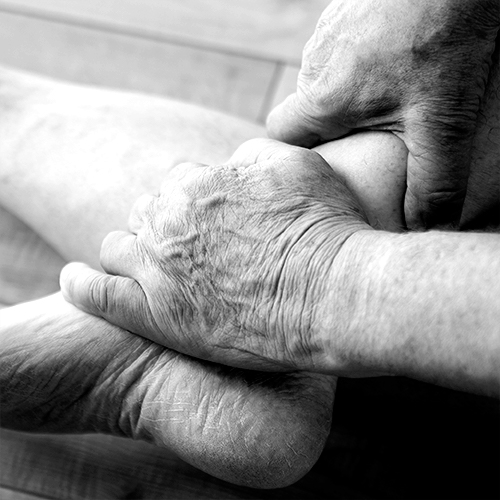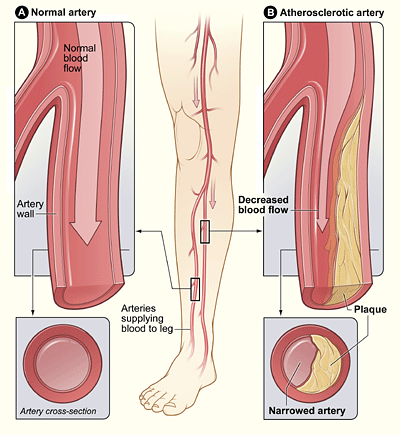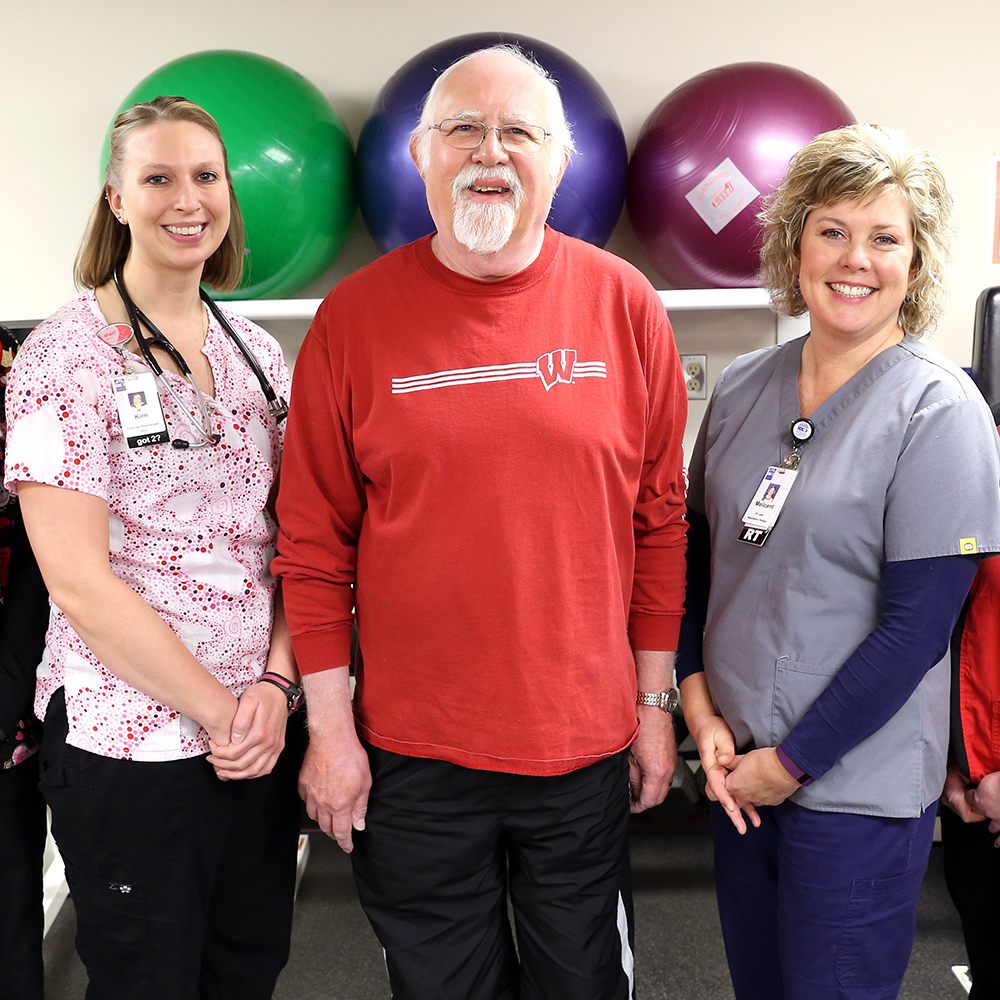Peripheral Artery Disease
When does leg pain mean something more?
Call your physician today to discuss SET PAD: 920-356-6526


SUPERVISED EXERCISE training team
Our team of carefully trained professionals has the experience and the tools to design the custom program that will help you get back to good health. They know every patient is different, and has different goals for recovery, and they always put your needs first.

Janelle Kartechner
RN – Cardiac Diagnostics

Tricia DeJager
RN – Cardiac Diagnostics

Kim Weihert
CEP – Cardiac Rehabilitation

Anell Schoemann
RN – Cardiac Rehabilitation

Melicent Knaus
RRT –Pulmonary Rehabilitation/Respiratory Therapy
PAY ATTENTION TO LEG PAIN
Call your physician today to discuss SET PAD
920-356-6526


Additional Peripheral Artery Disease Information
Overview
Blocked blood flow to your legs can cause pain and numbness. It also can raise your risk of getting an infection in the affected limbs. Your body may have a hard time fighting the infection.
If severe enough, blocked blood flow can cause gangrene (tissue death). In very serious cases, this can lead to leg amputation.
If you have leg pain when you walk or climb stairs, talk with your doctor. Sometimes older people think that leg pain is just a symptom of aging. However, the cause of the pain could be P.A.D. Tell your doctor if you're feeling pain in your legs and discuss whether you should be tested for P.A.D.
Smoking is the main risk factor for P.A.D. If you smoke or have a history of smoking, your risk of P.A.D. increases. Other factors, such as age and having certain diseases or conditions, also increase your risk of P.A.D.
Outlook
P.A.D. increases your risk of coronary heart disease, heart attack, stroke, and transient ischemic attack ("mini-stroke"). Although P.A.D. is serious, it's treatable. If you have the disease, see your doctor regularly and treat the underlying atherosclerosis. P.A.D. treatment may slow or stop disease progress and reduce the risk of complications. Treatments include lifestyle changes, medicines, and surgery or procedures. Researchers continue to explore new therapies for P.A.D.
Treatment
Treatments for peripheral artery disease (P.A.D.) include heart-healthy lifestyle changes, medicines, and surgery or procedures.
The overall goals of treating P.A.D. include reducing risk of heart attack and stroke; reducing symptoms of claudication; improving mobility and overall quality of life; and preventing complications. Treatment is based on your signs and symptoms, risk factors, and the results of physical exams and tests.
Treatment may slow or stop the progression of the disease and reduce the risk of complications. Without treatment, P.A.D. may progress, resulting in serious tissue damage in the form of sores or gangrene (tissue death) due to inadequate blood flow. In extreme cases of P.A.D., also referred to as critical limb ischemia (CLI), removal (amputation) of part of the leg or foot may be necessary.

